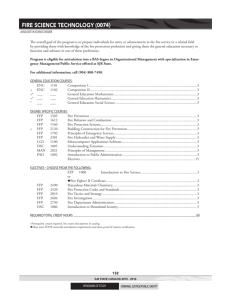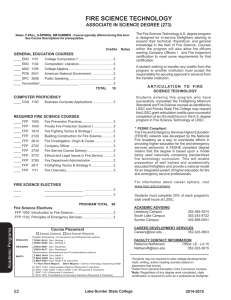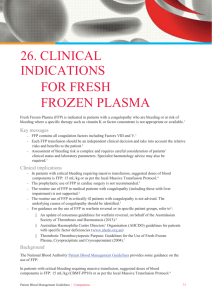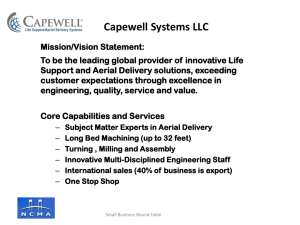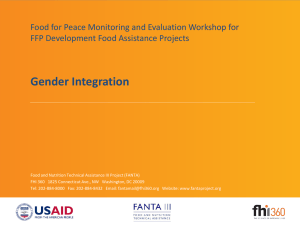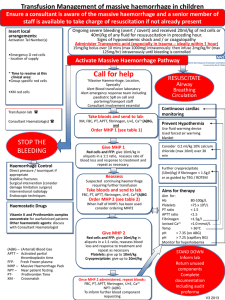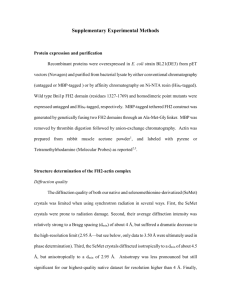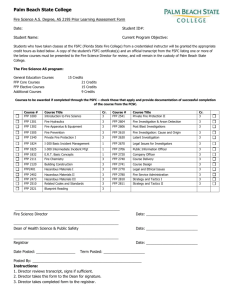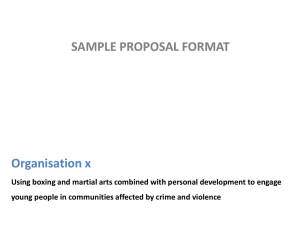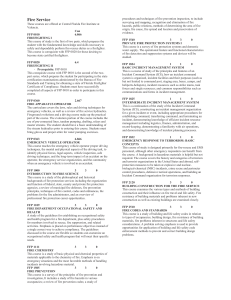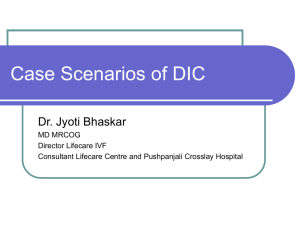Submit a briefing note 12 17 14
advertisement
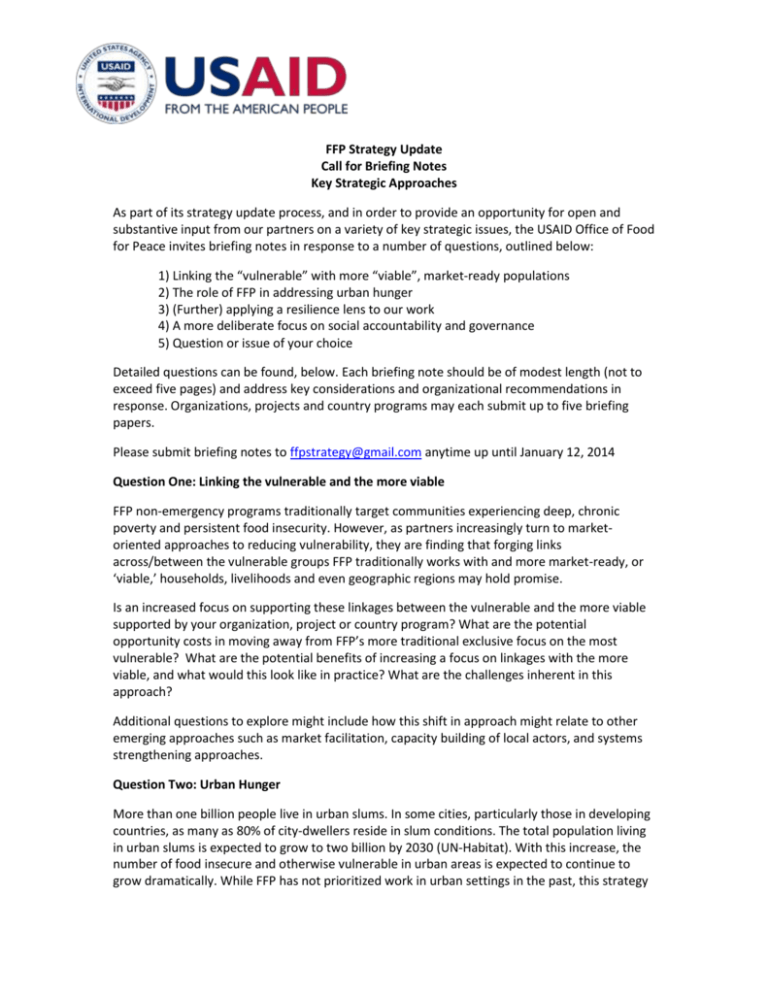
FFP Strategy Update Call for Briefing Notes Key Strategic Approaches As part of its strategy update process, and in order to provide an opportunity for open and substantive input from our partners on a variety of key strategic issues, the USAID Office of Food for Peace invites briefing notes in response to a number of questions, outlined below: 1) Linking the “vulnerable” with more “viable”, market-ready populations 2) The role of FFP in addressing urban hunger 3) (Further) applying a resilience lens to our work 4) A more deliberate focus on social accountability and governance 5) Question or issue of your choice Detailed questions can be found, below. Each briefing note should be of modest length (not to exceed five pages) and address key considerations and organizational recommendations in response. Organizations, projects and country programs may each submit up to five briefing papers. Please submit briefing notes to ffpstrategy@gmail.com anytime up until January 12, 2014 Question One: Linking the vulnerable and the more viable FFP non-emergency programs traditionally target communities experiencing deep, chronic poverty and persistent food insecurity. However, as partners increasingly turn to marketoriented approaches to reducing vulnerability, they are finding that forging links across/between the vulnerable groups FFP traditionally works with and more market-ready, or ‘viable,’ households, livelihoods and even geographic regions may hold promise. Is an increased focus on supporting these linkages between the vulnerable and the more viable supported by your organization, project or country program? What are the potential opportunity costs in moving away from FFP’s more traditional exclusive focus on the most vulnerable? What are the potential benefits of increasing a focus on linkages with the more viable, and what would this look like in practice? What are the challenges inherent in this approach? Additional questions to explore might include how this shift in approach might relate to other emerging approaches such as market facilitation, capacity building of local actors, and systems strengthening approaches. Question Two: Urban Hunger More than one billion people live in urban slums. In some cities, particularly those in developing countries, as many as 80% of city-dwellers reside in slum conditions. The total population living in urban slums is expected to grow to two billion by 2030 (UN-Habitat). With this increase, the number of food insecure and otherwise vulnerable in urban areas is expected to continue to grow dramatically. While FFP has not prioritized work in urban settings in the past, this strategy update process provides an opportunity to explore the possibility. To what degree should FFP address urban food security and the larger trend of urbanization? Is this an area where FFP has a comparative advantage? Questions to consider are 1) the relative anticipated need in urban settings versus rural ones, as well as the potential opportunity costs to our rural programs of an increased focus in urban areas, 2) the availability of resources and institutions in both settings to facilitate resilient development, 3) potential opportunities associated with operating in urban settings, such as new urban-rural linkages, 4) potential challenges and new skills sets that would be required, and 5) FFP’s comparative advantage (or not) to work in urban settings. Ultimately, the question is whether the food security/food assistance community is prepared to take this on and, if so, what it would take to do well. Question Three: (Further) Applying a Resilience Lens to Our Work FFP has a strong track record in working with populations across a spectrum of vulnerability, in crisis situations, in transition and in fragile development contexts. In fact, FFP has been articulating a vision of resilience, and the need to address both the risks and capacities of the vulnerable, for more than a decade. Successful resilience efforts rely in part on robust and functional linkages between emergency and development actors and interventions. The necessary coordination between the two sectors has often proved elusive due to institutional barriers ranging from differing operational models, budget pipelines and timetables, to differing skills sets and organizational incentives. What additional skills sets and management processes should be in place to ensure that the capacity focus central to resilience processes is also central to our work? What room is there for improving processes, staff capacities and incentives that will allow for the ready adaptation of program trajectories to respond to emerging crises in development settings or emerging opportunities for transformation in emergency settings? What challenges and opportunities do you see in more deliberately applying a resilience lens to our emergency and development work? Question Four: A More Deliberate Focus on Governance While FFP’s previous strategic plan highlighted the importance of governance as a necessary line of effort in achieving food security goals, governance was seen as a contributing result. The responsibility for carrying out governance activities was seen to be the work of other actors and partners. However, increasingly in the years since then, FFP implementers have been engaging in activities in a number of important governance-related activities. While governance is broad in definition, a few areas of focus have been highlighted as most relevant to FFP: Influencing national level government policy and capacities – especially with regard to the conceptualization and articulation of safety net/social protection systems Strengthening local government units – to enable better understanding of local needs and delivery of relevant services Strengthening community groups – as sustainable networks non-reliant over the longterm on FFP inputs Improving decision making structures at the community level and information flow to higher levels of the system Many governance activities fit within a social accountability lens that can help ensure service delivery is demand-driven, reflects community needs, and strengthens accountability, all important elements of a pathway where both communities and governments are better able to take ownership of their own solutions. With the recognition of the critical role that governance plays in ensuring local ownership and sustainability, FFP is now considering an increased and deliberate focus on governance in its updated strategic plan. Do you agree with this new focus? If so, at what levels of the system do you think FFP should or should not be playing a role (e.g., national governments, local governments or community groups?) and in each case, in what circumstances and to what end? What do you see as the likely results and implications of increased efforts around strengthened social accountability specifically and governance more broadly? What new opportunities would such efforts create and at what opportunity cost? Question Five: Please feel free to submit an additional briefing note on a subject of your choice.
